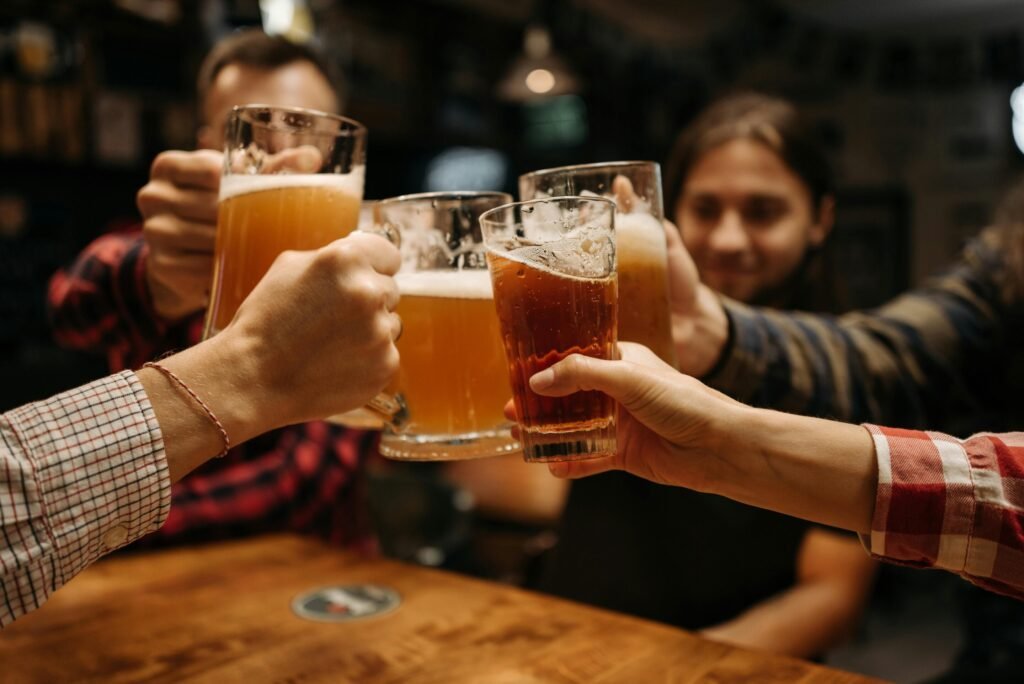Research has shown that the optimal lookback timeframe for assessing youth alcohol use patterns may be shorter than previously thought. A recent study published in Alcohol: Clinical and Experimental Research found that a 30-day recall timeframe can provide comparable information to a 60-day timeframe, with reduced burden on study staff and participants.
The study focused on young adults aged 15 to 25 years old and utilized a “modified timeline followback” (TLFB) method to assess their drinking behaviors. Participants were asked to recall their alcohol consumption and drinking days for the prior 60 days, which was then divided into a more recent 30-day window and a more distant 30-day window. The research aimed to determine whether there were significant differences in reported alcohol use between the two timeframes.
The results of the study revealed that the total number of drinks, average drinks per day, drinks per drinking day, total drinking days, maximum number of drinks on an occasion, and binge drinking days were strongly correlated between the more recent 30-day window and the more distant 30-day window. While there were some differences in reported alcohol use, such as higher levels of drinking in the more recent window, the numerical discrepancies were minimal.
Overall, the study authors concluded that a 30-day lookback window is sufficient for assessing youth alcohol use patterns in research studies. This timeframe not only produces comparable information to a 60-day timeframe but also reduces the burden on both study staff and participants. The findings suggest that participants’ recall of their drinking behavior may be slightly less reliable the farther back they are asked to remember.
In conclusion, the study provides valuable insights into the optimal lookback timeframe for assessing youth alcohol use patterns. By utilizing a 30-day recall timeframe, researchers can gather accurate and reliable information while minimizing the time and effort required for data collection. This approach may have implications for future substance use studies focusing on youth alcohol consumption.


